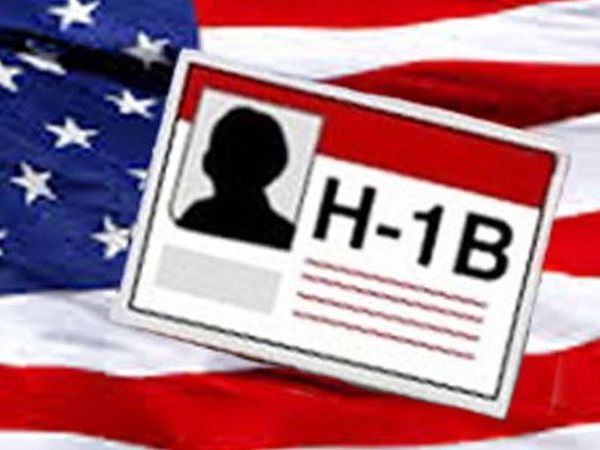
H-1B visa holders are among the highest paid in US, says report

Much against the common belief, H-1B visa holders in the United States are among the highest paid workers, says David J Bier, a research fellow at US think tank Cato Institute.
Bier wrote in his blog that H‑1B workers are paid very well. “Their wages are in the 90th percentile of all wages in the United States, meaning that they have wages in the top 10 percent of US wage earners,” he wrote, adding that the median wage of all US workers in 2021 was about $45,000 and the top 10% workers earn a wage of $102,000. Bier quoted the Department of Homeland Security (DHS) data to suggest that among the top 10% of US wage earners, the median wage for H‑1B worker in 2021 was about $108,000, well over double the median wage for all US workers.
Also read: Students can now pursue 2 degrees at the same time; here’s what it entails
H‑1B workers are not low wage or “cheap” workers in any honest assessment of the meaning of those words, he added.
The H-1B program allows companies and other employers in the United States to temporarily employ foreign workers in occupations that require the theoretical and practical application of a body of highly specialized knowledge and a bachelor’s degree or higher in the specific specialty, or its equivalent.
Indians, especially those in the information technology sphere, have been the main beneficiaries of the H-1B programme.
Bier said the H‑1B wages have crossed the 90th percentile for the first time since 2003. Bier said the H‑1B wage growth has gone above the growth for all US workers.
Strengthening his point further, Bier said that between 2003 and 2021, the nominal median H‑1B wage grew 52%, while the nominal median for all US workers grew just 39%. “If H‑1B employers could just pay whatever they want—as opponents claim — these increases would not be happening,” Bier said.
“DHS held its annual lottery last week to allocate the 85,000 cap‐subject H‑1B temporary work visas for high skilled foreign workers. The exact number of entrants is not clear, but once again, demand for H‑1B workers far exceeded the cap,” he said.


